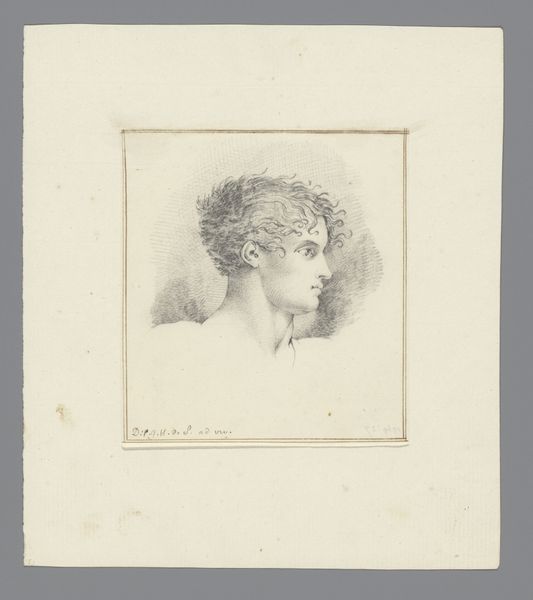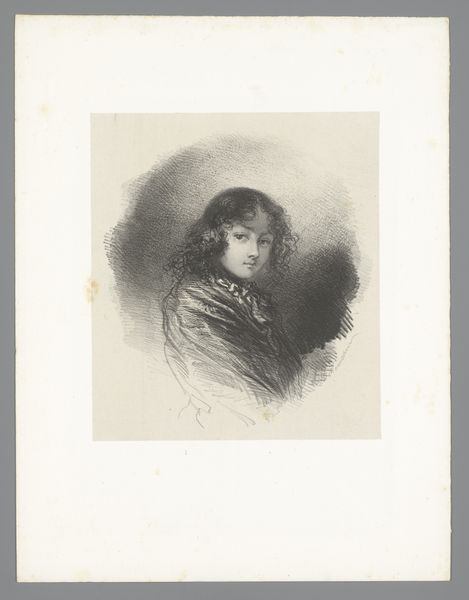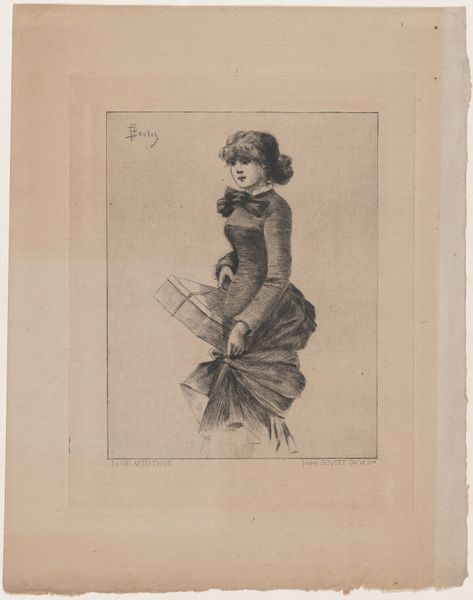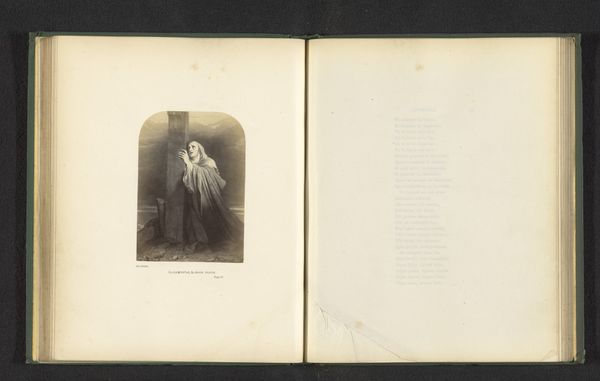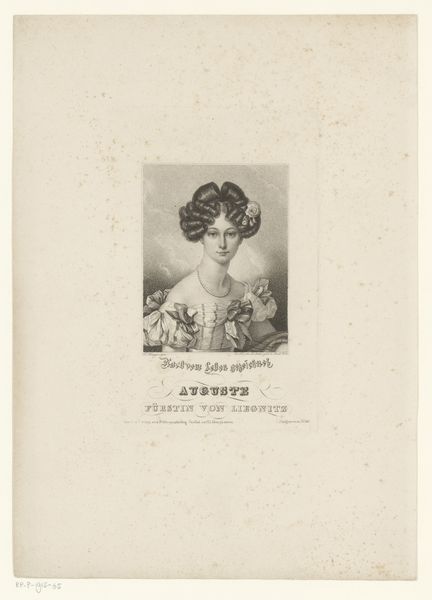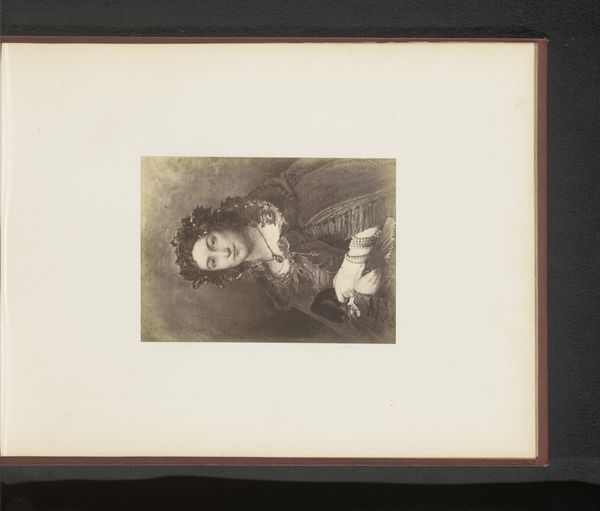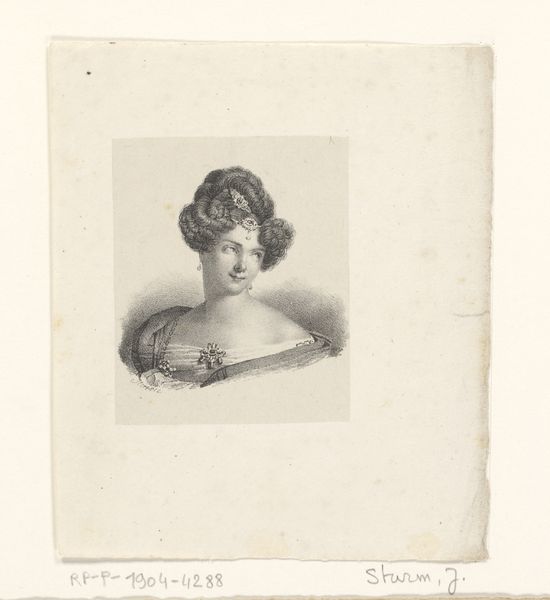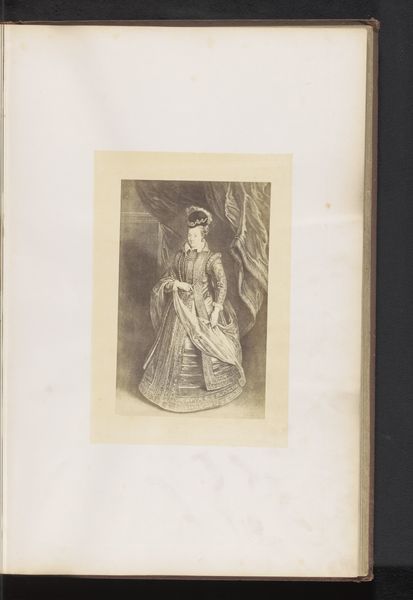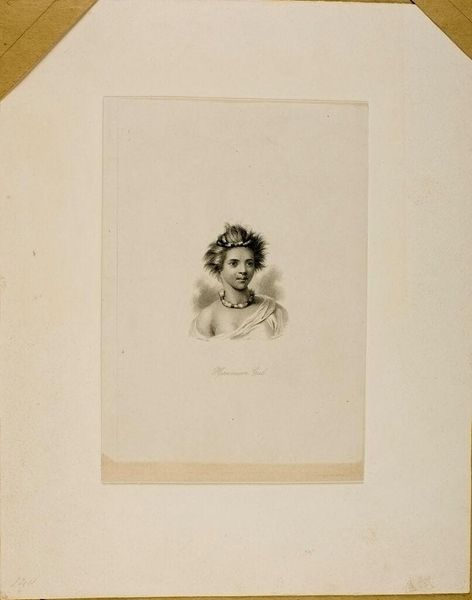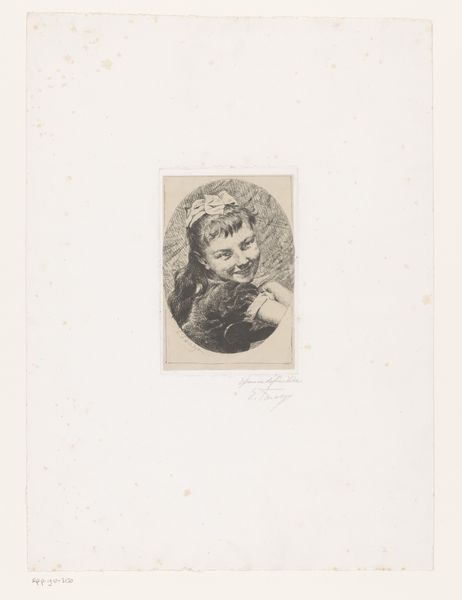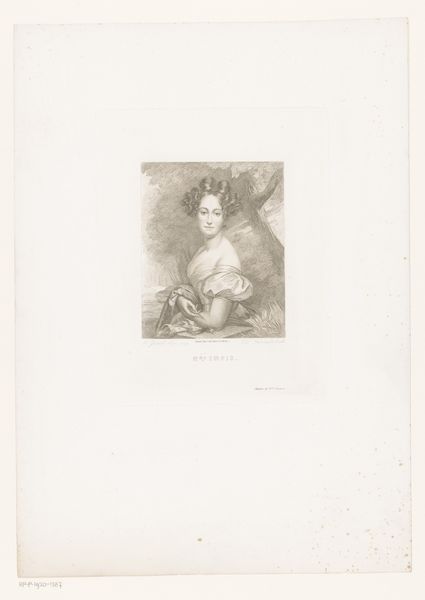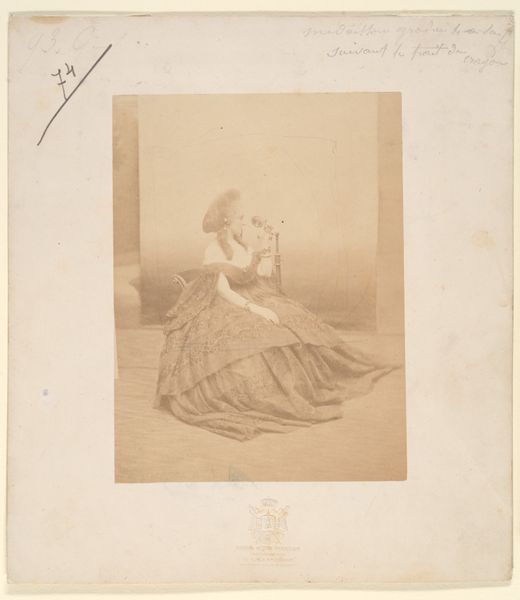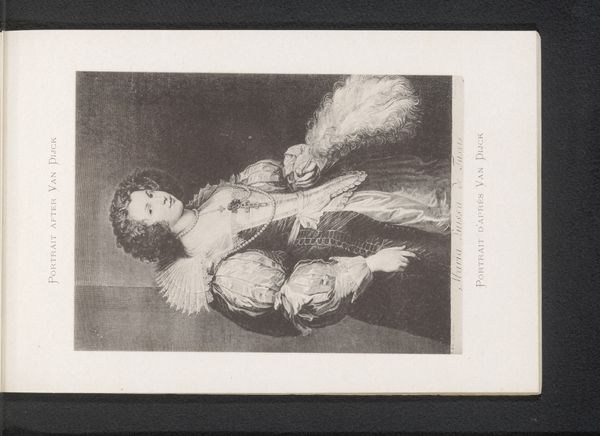
drawing, pencil, graphite
#
portrait
#
drawing
#
charcoal art
#
coloured pencil
#
romanticism
#
pencil
#
graphite
#
pencil art
Copyright: Rijks Museum: Open Domain
Curator: Looking at this subdued tonality, one immediately perceives a melancholy mood. There’s a stillness that almost silences the room. Editor: Precisely, and that quietude beautifully frames Friedrich Karl Wunder's portrait of Frederika van Mecklenburg-Strelitz, rendered circa 1845-1848 using graphite and pencil. Curator: The subtle interplay between light and shadow emphasizes her delicate features, while the detailed rendering of her clothing offers a stark contrast. Look how those precise lines define the fabric! Editor: Absolutely, and situating this within its historical context is crucial. Frederika was, of course, a member of royalty navigating the restrictive societal expectations placed upon women, particularly those of her stature. The apparent reserve mirrors the prescribed conduct. Curator: Indeed. Her posture, though seemingly relaxed, presents a defined structure that's rather upright, giving off both presence and formality. The very controlled strokes and blended areas around the head seem almost sculpted, capturing an interior sense of quiet contemplation. Editor: But consider the semiotics of dress: while her clothing displays status, the very act of portraiture serves to place her on display for both admiration and scrutiny. Was she ever truly able to control her own image, her narrative? Or was she bound to the projected fantasies of the artist? Curator: The skill evident here can’t be denied. There’s such virtuosity displayed in how Wunder modulates tone, achieving luminosity with just a few strategic marks. It creates a pictorial harmony that transcends pure representation. Editor: I would offer, perhaps, that this visual harmony also veils an emotional complexity, an unspoken dialogue between the subject, the artist, and us—the viewers. We all bring assumptions when gazing into her story. Curator: Agreed, the formal strategies used undeniably guide the way we read emotional and political contexts. It's about seeing and deconstructing. Editor: By blending her story with its construction and its place in history, perhaps we can better glimpse her experience, acknowledging the structures which attempted to define her. Curator: That's a productive way of approaching it. It makes the visual experience richer, I find.
Comments
No comments
Be the first to comment and join the conversation on the ultimate creative platform.

